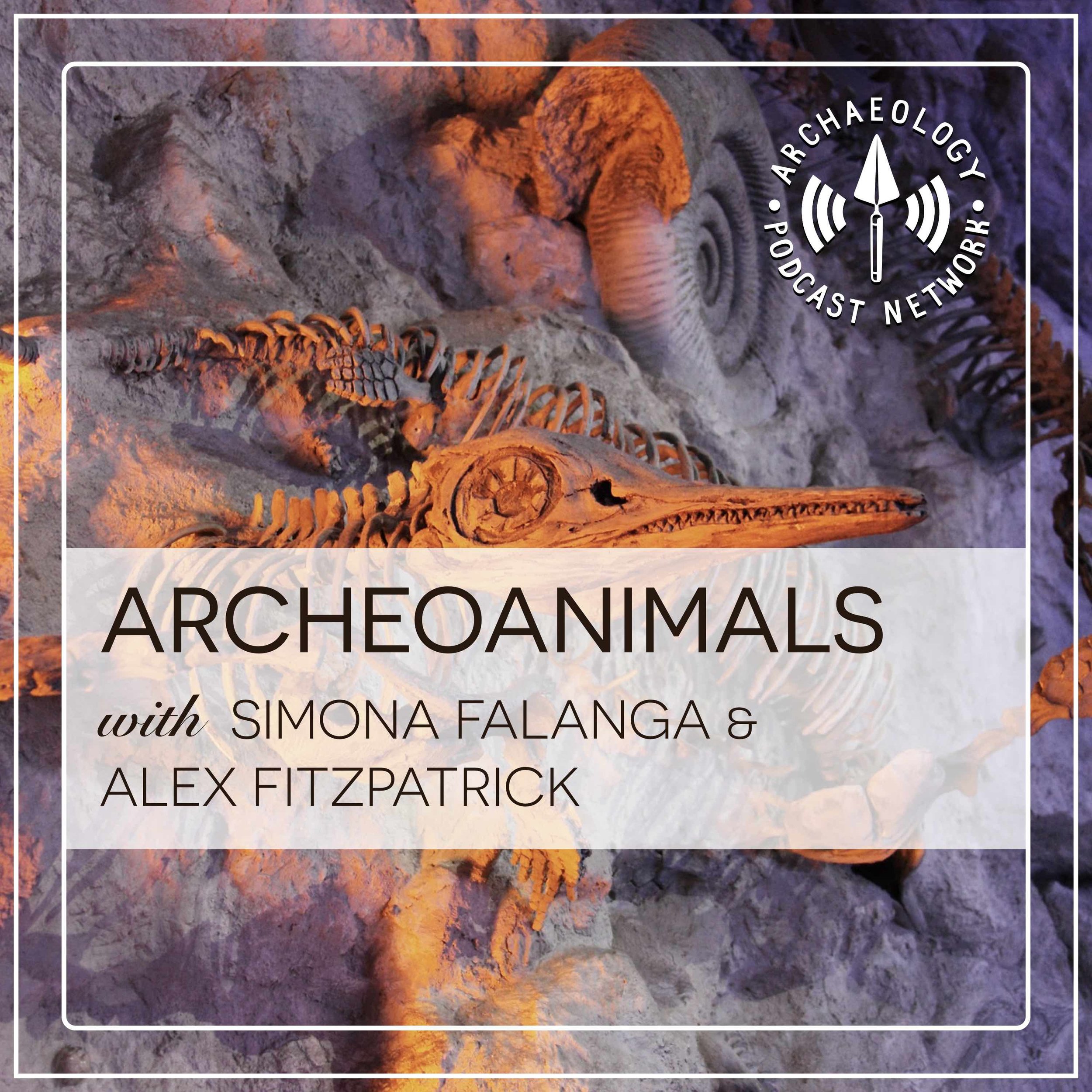Welcome to episode two of a miniseries focusing on the zooarchaeology of various world regions. This episode is centred around African zooarchaeology, focusing on the natural history and anatomy of the most prominent wild and domesticated species. Find out more about African Giant Rats, how loud Guinea fowls can be and what a zebrinny is.
Connect with James on Twitter: @paleoimaging
// Message for Megaphone (delete this, link the episode and insert the number in the text below):
For rough transcripts of this episode go to www.archpodnet.com/animals/#
Transcripts
Links
Beja-Pereira, A., et al. (2004). African origins of the domestic donkey. Science, 304, 1781.
Boeyens, J. C., & Van der Ryst, M. M. (2014). The cultural and symbolic significance of the African rhinoceros: a review of the traditional beliefs, perceptions and practices of agropastoralist societies in southern Africa. Southern African Humanities, 26(1), 21-55.
Marshall, F. (1989). Rethinking the role of Bos indicus in sub-Saharan Africa. Current Anthropology, 30(2), 235-240.
Parkinson, J. A. (2018). Revisiting the hunting-versus-scavenging debate at FLK Zinj: a GIS spatial analysis of bone surface modifications produced by hominins and carnivores in the FLK 22 assemblage, Olduvai Gorge, Tanzania. Palaeogeography, Palaeoclimatology, Palaeoecology, 511, 29-51.
Pikirayi, I. (2018). The demise of Great Zimbabwe, AD 1420–1550: an environmental re-appraisal. In A Green and R Leech (eds) Cities in the World, 1500-2000.Routledge, 31-47..
Potts, R. (1984). Home Bases and Early Hominids: Reevaluation of the fossil record at Olduvai Gorge suggests that the concentrations of bones and stone tools do not represent fully formed campsites but an antecedent to them. American Scientist, 72(4), 338-347.
Rossel, S. et al. (2008). Domestication of the donkey: Timing, processes, and indicators. Proceedings of the National Academy of Sciences, 105(10), 3715-3720.
Shen, Q. et al. (2021). Genomic analyses unveil helmeted guinea fowl (Numida meleagris) domestication in West Africa. Genome biology and evolution, 13(6).
Stiner, M. C. (2004). Comparative ecology and taphonomy of spotted hyenas, humans, and wolves in Pleistocene Italy. Revue de Paléobiologie, 23(2), 771-785.
Wylie, D. (2009). Elephant. Reaktion Books
Contact
Alex FitzpatrickTwitter: @archaeologyfitz
Simona FalangaTwitter: @CrazyBoneLady
Alex’s Blog: Animal Archaeology
Music "Coconut - (dyalla remix)" https://www.youtube.com/watch?v=_2UiKoouqaY
